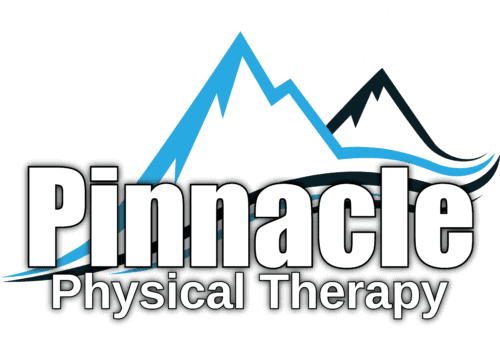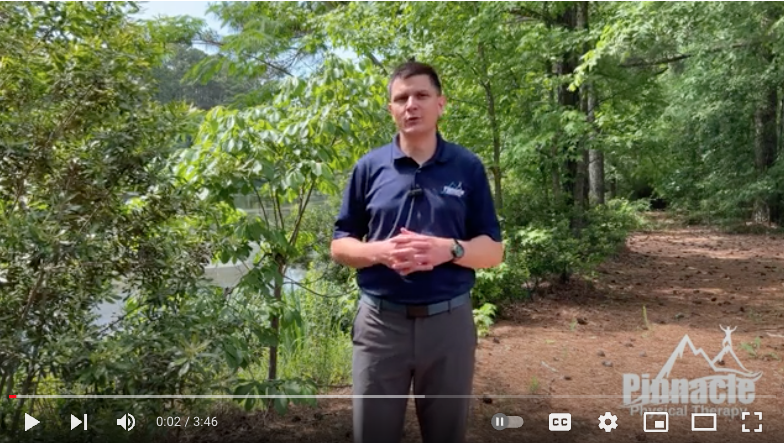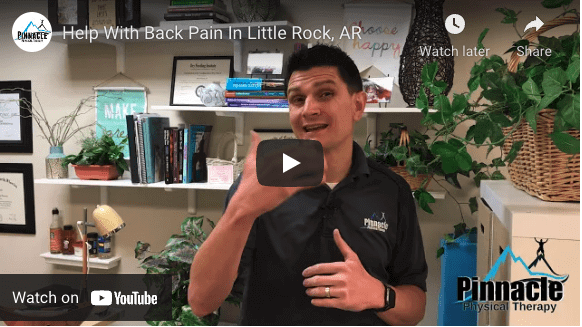When it comes to lower back pain, there is no shortage of providers you can go see. You can see your primary care physician, a chiropractor, a massage therapist, a physical therapist, a yoga instructor, an orthopedic physician and even a neurosurgeon.
You may be asking, how do I then decide who is the right choice for me?

Some people want to avoid medications, surgery, and injections at all costs. This narrows the field of potential practitioners off the bat. If you are to see a physician, very likely you will be prescribed medication, given some kind of diagnostic test (X-ray or MRI) and then prescribed physical therapy. The involvement of specialists (orthopedic spine physicians and neurosurgeons is often not the first line of defense).
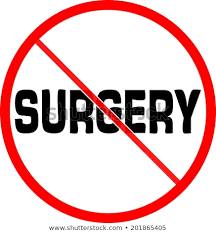
Some practitioners offer more conservative approaches to treatment of low back pain. Massage therapists offer soft tissue work and stretching to address pain and limitations. Yoga instructors offer movement based interventions. Some pure Chiropractors believe that disease processes stem from a malalignment of the vertebrae (bones in your spine.) Their treatment is thus geared toward adjusting the spine so that the nervous system can function properly.
I can speak the most intelligently about physical therapists. We are movement specialists who address our patient’s impairments to help them stay active and pain free. A good physical therapist looks at the movements of your whole body to see if there are compensations in the normal patterns of movement, to find muscle weakness, to find joint restrictions, tight muscles, poor balance, and assess how a patient’s environment and activities may be affecting their pain and limitations. From there, we start to address those impairments and very often pain subsides and we can ramp activity back up.
Another difference I see in good practitioners is the ability to help patients with low back pain become independent. If you are constantly receiving care and are not taking an active role in your own recovery and health, I think you are not being properly cared for. I don’t know too many practitioners that you can take on vacation with you to help you when your back gets flared up. Because there are so many factors that play a role in a patient’s pain a very multimodal approach to intervention is indicated.
Brian, what do you mean by multi-modal approaches in low back pain treatment? I mean that there has to be a combination of manual therapy (hands on techniques) and active exercise. I do not believe in passive approaches to care. I am not going to stick you on a TENS unit (thing that makes your skin tingle) with an ice pack for 15 minutes while I catch up on notes. What in life has come easy to you without having to put in work or effort? I am telling you now that dealing with your body is no different and in fact often is harder work.
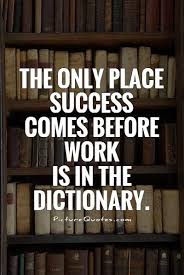
I don’t like to give generic advice and exercises, but there are recommendations and movements that are well researched that can help reduce the risk of injury and also help alleviate current pain that may be stemming from your back. This advice does not mean that you should not go see a skilled medical provider that will employ the above mentioned approaches to your care.
Over the next weeks I will be providing this information on how you can get back to doing the things you love, after all, we can all live with some pain, but when it starts to interfere with our hobbies and interests, we have to say enough!
If this advice and these movements help you, please feel free to let me know. Write it in the comments below.
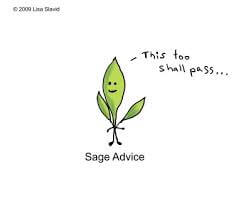
I appreciate you reading and let me know if I can be of further service to you.
Here’s to helping you reach your PINNACLE!
